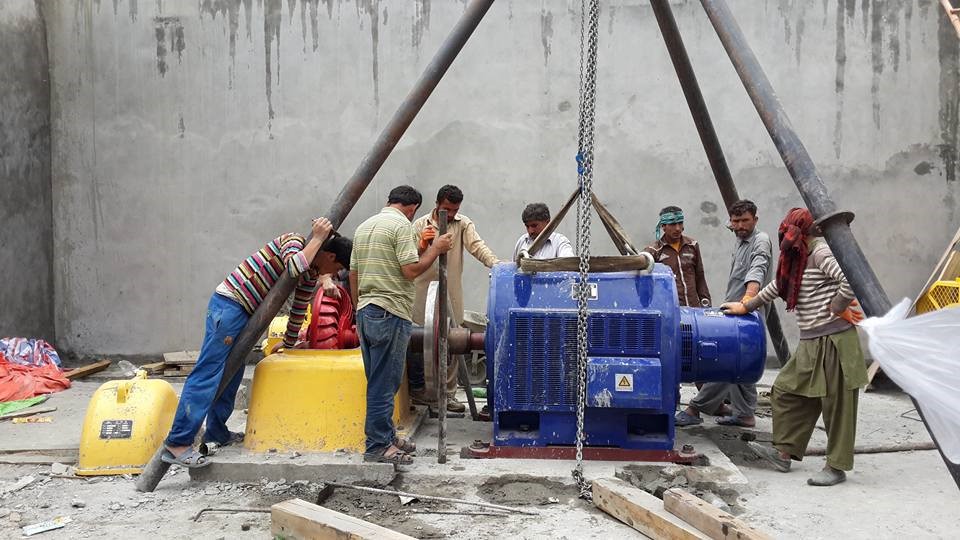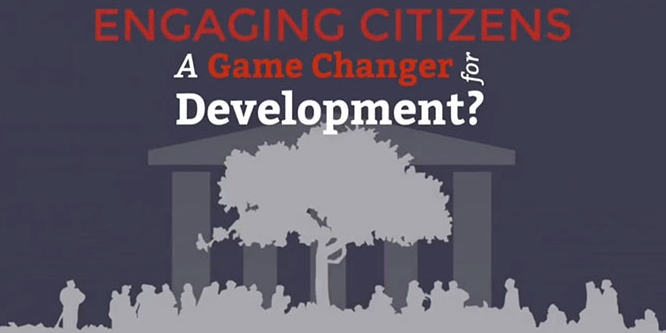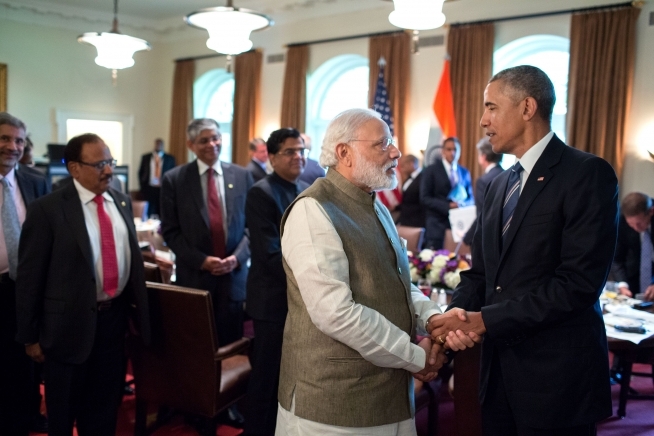MSc Social Policy and Development alum, Asmat Khan, reports on the positive socioeconomic effects of community managed electricity schemes in rural Gilgit-Baltistan.
Almost 70 million people in Pakistan (35% of the population) and half of rural population do not have access to electricity. Majority of the households get low quality and expensive electricity which adversely impact households’ welfare particularly among the poor. In spite of the significant benefits of access to electricity, provision of quality and low-priced electricity to far-flung areas is often a concern. The application of community driven solutions, already practiced by community institutions in Gilgit-Baltistan, to increase access and energy services in under-provided areas using renewable energy sources is essential to meet SDGs particularly reduce poverty, promote social development and economic growth.
Last month, under European Union funded Sindh Union Council and Community Economic Strengthening Support (SUCCESS) Programme delegation paid a visit to the Aga Khan Rural Support Programme (AKRSP) implemented community driven development interventions in Gilgit-Baltistan and Chitral since 1982. Besides tremendous transformations through development of social, human, natural, physical and financial capitals, the investment in village infrastructure that categorically struck me was the electrification of rural villages by the community institutions fostered by AKRSP.
Dividends of Electrification
There is no doubt that electrification of rural areas has an impact on the income and welfare of the households. Our visit and interaction with local communities indicated the facts that ownership of agricultural, non-agricultural enterprises and educational achievement are three significant conduits through which access to cheap electricity improves the economic and social welfare of rural households in Gilgit-Baltistan.
According to MICS survey (2018) 98% households have access to electricity in Gilgit-Baltistan. Ahmedabad is one of many villages in District Hunza in Gilgit-Baltistan whose inhabitants have transformed their lives through access to renewable electricity.
The village has a huge sources of water in the form of waterfalls and streams. In 1990, Ahmadabad Village Organisation (VO) initiated and completed 50 Kilo-Watts Power House which encouraged them to have completed another one of 50 Kilo-Watts in 1994. In 2009 their generation reached to 450 Kilo-Watts and later it was registered as a utility company with Government of Gilgit-Baltistan.

Through this initiative, Ahmadabad is now providing quality and cheap electricity to 1,338 households, 15 hotels, 20 guest houses and 28 other commercial units. The utility company has 15 employees and its total monthly income is Rs. 450,000. For households and commercial consumers’ electricity price is fixed at Rs. 5 and Rs. 8, respectively.
This community managed scheme has delivered great and effective socioeconomic dividends for its member households. From agriculture to tourism and educational attainments there has been tremendous gains due to community driven electrification in Gilgit-Baltistan.
Electrification Modernizes Agriculture
This electrification initiative has enabled the modernization of agriculture which has helped to raise earnings and improve welfare. Moreover, the modernization of agriculture and extended business hours particularly during tourism season have provided increased employment opportunities to electrified rural communities, which resultantly enhanced their welfare.
“Availability of electricity in the village has speeded up development of rural enterprises particularly tourism related as the area has the world highest peaks and where thousands of local and foreign tourists visit every year and contribute to our local economic development”, said Mr. Habib Ullah, Chairman LSO Ahmedabad.
Business and Women Empowerment
“Electrification of rural areas have enabled thousands of rural women engaged in gemstone industry to work efficiently and for longer hours reducing their physical labour. Today, thousands of women earn and contribute to their socioeconomic development just because of access to electricity”, said Suriya Jabeen, CEO Silsila-gemstone cutting and processing enterprise in Gilgit-Baltistan.
Electrification Facilitates Access to Quality and Equitable Education
Moreover, access to electricity has facilitated rural communities to equip their children with education in a comfortable and conducive environment leading to improved educational attainment, higher earnings, and a reduction in poverty. According to UNDP Multidimensional Poverty Index (2017) Gilgit-Baltistan has MPI 35% while Pakistan has 39%. Erstwhile FATA and Balochistan have the worst MPIs 74% and 71% respectively. When villages are provided access to electricity it delivers great dividends like in Gilgit-Baltistan with less MPI as compared to rest of Pakistan.
“We believe in giving quality education to our children rather than ornaments as dowry. This area had been very backward and had no access to basic facilities of life forget about access to quality education. But since our villages have got access to electricity everything changed for us particularly with regards to girls’ education. Through electrification initiatives people got employment which improved their earnings. As result of change in their economic conditions they started investing in education of their children. Today, there are hundreds of educated girls in my village and they are contributing in many ways to our transformations”, said Ms. Naeema, LSO Karimabad Hunza
“Ghanche is one of the remotest districts of Gilgit-Baltistan with limited access to education facilities because of lack of quality education imparting institutions and road. There were no electricity and heating facilities in our schools so it was quite difficult for our children to remain and study in schools for longer periods. In 2005, with support of AKRSP our LSO at Churbat-Ghanche installed a 240 KW Power House which not only improved our living conditions and income but also improved the standard of education in our area by enabling children to stay in schools for more time. As a result of this initiative, literacy rate has improved in our area”, said Mr. Ghulam Mehdi, President LSO Churbat.
Recommendations
The investment that AKRSP has made in fostering the social pillar based on community institutions (VOs/LSOs) is now delivering great benefits to the organized households of Gilgit Baltistan and Chitral. This investment is now resulting in enhanced social, human and financial capitals in Gilgit-Baltistan. The work of AKRSP and the communities that it works with have inspired the RSPs’ movement in Pakistan and in the regional countries. The RSPs’ social mobilisation approach to community driven development is also now imbedded in the SUCCESS Programme in Sindh, and the Balochistan Rural Development and Community Empowerment Programme (BRACE). The work of AKRSP continues to inspire the RSP movement.
Building on the same approach, Government of Pakistan can realise the benefits of rural electrification in reducing poverty and unemployment by supporting community driven electrification in other areas particularly Khyber Pakhtunkhwa province which has a huge hydro power generation potential. As result, it will contribute to the modernization of agriculture, promote agriculture–support enterprises, help in developing human and financial capitals. The other provinces can also benefit from by supporting the RSPs’ community driven development approach just as the EU supported SUCCESS Programme and the BRACE Programme are doing in Sindh and Balochistan, and the Government of Sindh supported Peoples’ Poverty Reduction Programme in Sindh. These Programmes are allowing the organised rural households to take up opportunities of support and foster linkages with service providers to harness their own innate potentials to improve their livelihoods and lives, just as the communities of Gilgit-Baltistan and Chitral have successfully done.
Asmat Kakar (@asmatkhan19), Monitoring and Evaluation Officer for European Union Funded Balochistan Rural Development and Community Empowerment Programme. He completed his MSc in Social Policy and Development at the London School of Economics and Political Science in 2016.
The views expressed in this post are those of the author and in no way reflect those of the International Development LSE blog or the London School of Economics and Political Science.





